As we continue our research and study into the different type of disorders and illnesses that can develop from genetic mutations, I wanted to take just a short detour to look into the genetics of Lujan-Fryns Syndrome.
From the Wikipedia Article on the Lujan-Fryns syndrome found HERE.
Lujan-Fryns syndrome
From Wikipedia, the free encyclopedia
Lujan–Fryns syndrome (LFS), also referred to as X-linked mental retardation with Marfanoid habitus and Lujan syndrome, is an X-linked genetic disorder that causes mild to moderate mental retardation and features described as Marfanoid habitus, referring to a group of physical characteristics similar to those found in Marfan syndrome. These features include a tall, thin stature and long, slender limbs. LFS is also associated with psychopathology and behavioral abnormalities, and it exhibits a number of malformations affecting the brain and heart. The disorder is inherited in an X-linked dominant manner, and is attributed to a missense mutation in the MED12 gene. There is currently no treatment or therapy for the underlying MED12 malfunction, and the exact etiology of the disorder remains unclear.
Characteristics
Marfanoid habitus
LFS is clinically distinguished from other X-linked forms of mental retardation by the accompanying presence of marfanoid habitus.[10] Marfanoid habitus describes a group of physical features common to Marfan syndrome. Including Marfan syndrome and LFS, marfanoid features of this type have also been observed with several other disorders, one of which is multiple endocrine neoplasia type 2.
In LFS, specific features identified as marfanoid include: a long, narrow face; tall, thin stature; long, slender limbs, fingers and toes (not unlike arachnodactyly) with joint hyperextensibility, shortened halluces (the big toes) and long second toes.
The diagnosis of marfanoid habitus in LFS is often delayed because many of the physical features and characteristics associated with it are usually not evident until adolescence.
Craniofacial abnormalities
Craniofacial and other features of LFS include: maxillary hypoplasia (underdevelopment of the upper jaw bone), a small mandible (lower jaw bone) and receding chin, a high-arched palate (the roof of the mouth), with crowding and misalignment of the upper teeth; macrocephaly (enlarged skull) with a prominent forehead, hypernasal speech (voice), a long nose with a high, narrow nasal bridge; a deep, short philtrum (the indentation in the upper lip, beneath the nose), low-set ears with some apparent retroversion, hypotonia (decreased muscle tone), pectus excavatum (a malformity of the chest), slightly enlarged to normal testicular size in males, and seizures.
Cause
A missense mutation in the MED12 gene, located on the human X chromosome, has been established as the cause of LFS. Missense mutations are genetic point mutations in which an amino acid codon that does not belong in the nucleotide sequence of a particular protein is erroneously substituted for an amino acid that is supposed to be included in the sequence, at a specific location. The missense mutation in the MED12 gene, that causes LFS, is identified as p.N1007S. This indicates that the amino acid asparagine, normally located at position 1007 along the MED12 sequence, has been mistakenly replaced by serine. This mutation in MED12 causes incorrect expression and activity of the protein it encodes, resulting in the disorder.
Pathophysiology
Known genes and mutations found on the human X chromosome. The MED12 gene is found at location q13, highlighted in green.
MED12, or mediator of RNA polymerase II trancription, subunit 12 homolog of S. cerevisiae, is one of several subunits in the mammalian mediator complex, which regulates RNA polymerase II during mRNA transcription.
The Mediator complex is required for polymerase II transcription and acts as a bridge between the polymerase II enzyme and different gene-specific transcription factors. Mediator can contain up to 30 subunits, but some of the subunits are only required for regulation of transcription in particular tissues or cells. Currently, the exact mechanism by which dysfunction of MED12 results in LFS and its associated neuropsychopathic and physical characteristics is unclear. Marfanoid habitus, a highly arched palate and several other features of LFS can be found with Marfan syndrome, a connective tissue disorder. The finding of aortic root dilation in both disorders suggests that a mutation in an unspecified connective tissue regulating gene may contribute to the etiology of LFS.
Genetics
Lujan–Fryns syndrome is inherited in an X-linked dominant manner. This means the defective gene responsible for the disorder (MED12) is located on the X chromosome, and only one copy of the defective gene is sufficient to cause the disorder when inherited from a parent who has the disorder. Males are normally hemizygous for the X chromosome, having only one copy. As a result, X-linked dominant disorders usually show higher expressivity in males than females. This phenomenon is thought to occur with LFS.
As the X chromosome is one of the sex chromosomes (the other being the Y chromosome), X-linked inheritance is determined by the gender of the parent carrying a specific gene and can often seem complex. This is because, typically, females have two copies of the X-chromosome, while males have only one copy. The difference between dominant and recessive inheritance patterns also plays a role in determining the chances of a child inheriting an X-linked disorder from their parentage.
In LFS, X-linked dominant inheritance was suspected, as boy and girl siblings in one family both exhibited the disorder. A scenario such as this would also be possible with X-linked recessive inheritance, but in this particular case report, the girl was believed to be a manifesting heterozygote., carrying one copy of the mutated gene.
Sporadic cases of LFS, where the disorder is present in an individual with no prior family history of it, have also been reported in a small number of affected males.
Similarities to other genetic diseases
An individual exhibiting mental retardation and other symptoms similar to LFS was found to have a terminal deletion of the subtelomeric region in the short arm of chromosome 5. Deletion of this area of chromosome 5 is associated with mental retardation, psychotic behavior, autism, macrocephaly and hypernasal-like speech, as well as the disorder Cri du chat syndrome. Fryns (2006) suggests a detailed examination of chromosome 5 with FISH should be performed as part of the differential diagnosis of LFS.
Mutations in the UPF3B gene, also found on the X chromosome, are another cause of X-linked mental retardation. UPF3B is part of the nonsense-mediated mRNA decay (NMD) complex, which performs mRNA surveillance, detecting mRNA sequences that have been erroneously truncated (shortened) by the presence of nonsense mutations. Mutations in UPF3B alter and prevent normal function of the NMD pathway, resulting in translation and expression of truncated mRNA sequences into malfunctioning proteins that can be associated with developmental errors and mental retardation. Individuals from two families diagnosed with LFS and one family with FGS were found to have mutations in UPF3B, confirming that the clinical presentations of the different mutations can overlap.
Differential diagnosis
In the differential diagnosis of LFS, another disorder that exhibits some features and symptoms of LFS and is also associated with a missense mutation of MED12 is Opitz-Kaveggia syndrome (FGS).
Whereas LFS is associated with missense mutation p.N1007S, FGS is associated with missense mutation p.R961W. As both disorders originate from an identical type of mutation in the same gene, while exhibiting similar, yet distinct characteristics; LFS and FGS are considered to be allelic. In the context of MED12, this suggests that the phenotype of each disorder is related to the way in which their respective mutations alter the MED12 sequence and its function.
Epidemiology
Lujan–Fryns syndrome is a rare X-linked dominant syndrome, and is therefore more common in males than females. Its prevalence within the general population has not yet been determined.
Me: I would suspect that in my life I have seen a few individuals who probably suffered from Lujan- Fryns syndrome without them (or me at the time) knowing that they had it. They probably just thought that they were supposed to be very tall with a ectomorphic body type along with a few behavioral issues and psychotic episodes. Most of the people affected by this genetic mutation were male so the disorder can be even harder to detect and be attributed to something else since males of the ectomorphic body type are rather prevalent.
I wanted to purposely avoid going into the psychiatric and mental retardation parts that the syndrome affects upon the people who have it. I want to focus only on the genetics to learn more about that specific are in the genome. However I did leave the section for “Craniofacial Abnormalities” alone so that we can be aware of and recognize people who might suffer from it the next time we see someone who looks like they have Marfanoid like traits.
All I am saying is to be aware of this disorder which make people tall, but there are so many negative effects associated with this disorder as well. From the National Institute of Health website (HERE)
Clinical description
Patients are mildly to moderately mentally retarded. Craniofacial features include prominent forehead, long narrow face, maxillary hypoplasia, small mandible, long nose with high and narrow nasal bridge, short and deep philtrum, thin upper lip, highly arched palate, receding chin and low-set retroverted normal shaped ears
The marfanoid features include a tall stature, long thin hyper-extensible fingers and toes, but no true arachnodactyly, short halluces, long second toes and sandal gap . The marfanoid stature becomes evident after puberty . Adult height is tall, but still in the normal range. There is generalised hypotonia. Joint hyperextensibility and pectus excavatum might be present. Secondary sexual development and testicular size is normal. There is hypernasality, without velopharyngeal incompetence or palatal clefting. Seizures are present in some patients. Structural heart defects have been reported. Ophthalmologic complications such as lens dislocation are not observed in the Lujan-Fryns syndrome.
Extreme shyness and other behavioural problems were observed in 80% of the cases. Behavioural features include emotional instability, aggression, hyperactivity, shyness and/or autistic behaviour. Psychiatric problems can be present such as psychotic disturbances with hallucinatory visions and sounds, and schizophrenia.


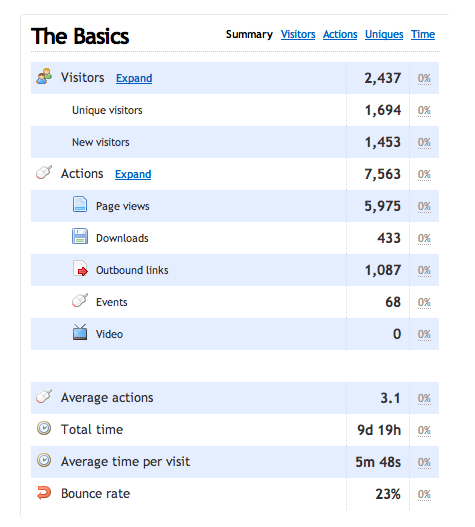
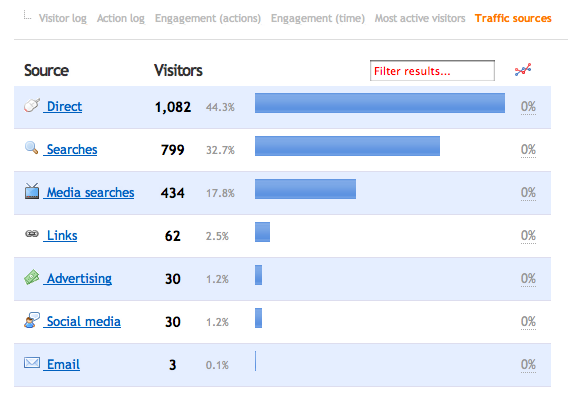
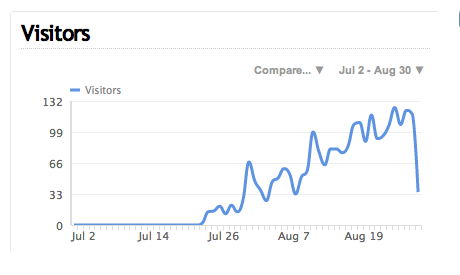
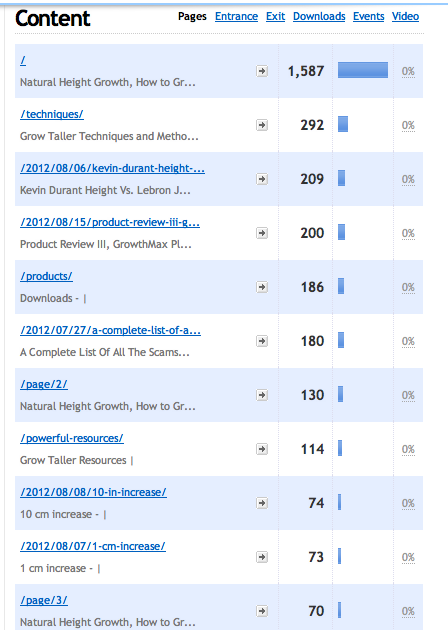
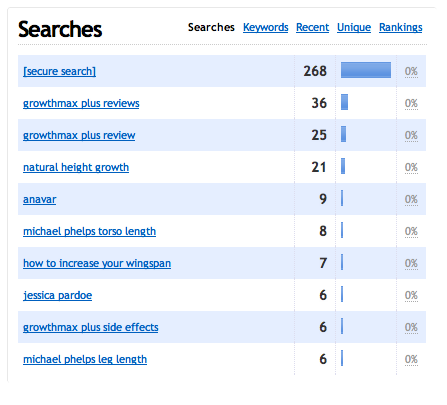

 Typical traits of an ectomorph:
Typical traits of an ectomorph: Typical traits on a Mesomorph:
Typical traits on a Mesomorph: Typical traits of an Endomorph:
Typical traits of an Endomorph: